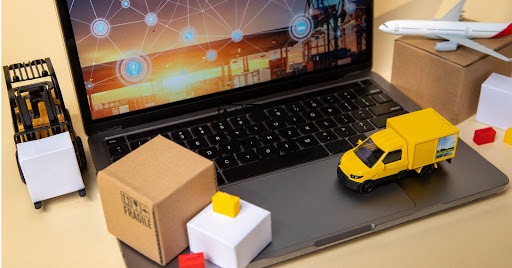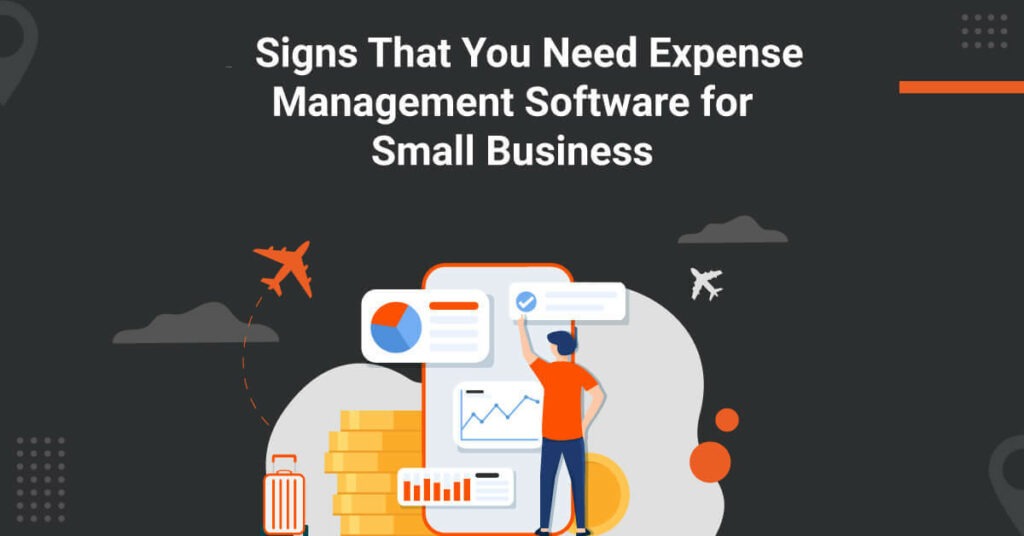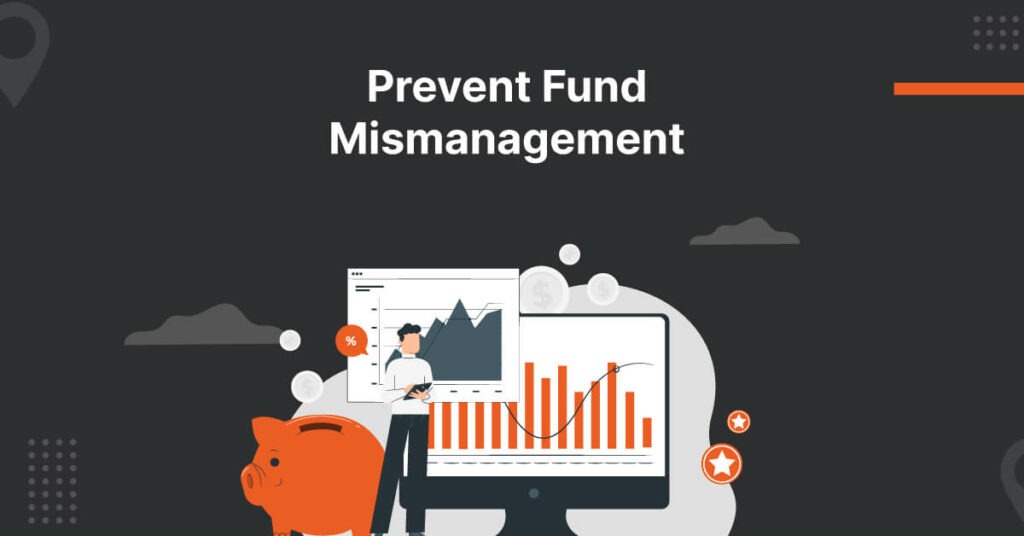
In the fast-paced world of global trade and commerce, the backbone that ensures products reach consumers efficiently and effectively lies within the supply chain and logistics network. Managing expenses within this network is critical for maintaining profitability while ensuring seamless operations.
In this blog post, we delve deep into the realm of expense management for logistics, focusing on how it contributes to optimized operations on a global scale. Furthermore, we explore the role of expense management software for logistics in streamlining these processes for enhanced efficiency.
Understanding the Significance of Expense Management for Logistics
Optimizing expenses in supply chain and logistics is more than just controlling costs. It’s about strategically managing resources, mitigating risks, and enhancing operational efficiency. The amalgamation of global operations, transportation, warehousing, inventory management, and more necessitates a comprehensive expense management strategy.
Expense management for logistics involves meticulous planning, monitoring, and controlling of all costs associated with the movement of goods. The process encompasses transportation costs, inventory holding costs, warehousing expenses, customs duties, taxes, and other overheads incurred during the entire logistical journey.
Challenges in Expense Management for Logistics
Expense management for logistics poses several challenges due to the complex nature of the industry, involving numerous variables, regulations, and operational intricacies.
Here are some common challenges faced in expense management for logistics:
- Fluctuating Fuel Costs: Fuel expenses typically represent a significant portion of logistics costs. Fluctuations in fuel prices can significantly impact budgeting and forecasting, making it challenging to manage expenses effectively.
- Transportation Costs: Costs associated with various modes of transportation (trucking, shipping, air freight) can be volatile due to factors like capacity constraints, demand-supply imbalances, and regulatory changes.
- Inventory Management: Balancing inventory levels is crucial in logistics. Overstocking leads to higher storage costs, while understocking may increase rush orders and transportation costs. Maintaining the balance requires precision and effective forecasting.
- Technology Integration: Implementing and integrating modern technologies like transportation management systems (TMS), warehouse management systems (WMS), or enterprise resource planning (ERP) systems can be expensive and challenging. It requires expertise and investment to ensure seamless operations.
- Regulatory Compliance: Logistics involves adhering to various regulations related to transportation, safety, customs, and environmental standards. Staying compliant with these regulations often demands additional expenses for training, documentation, and penalties if not followed properly.
- Last-Mile Delivery Costs: Delivering goods to their final destinations (last-mile delivery) can be costly due to factors like urban congestion, customer demands for faster delivery, and the need for specialized services (such as white-glove delivery for fragile items).
- Data Management and Analytics: Managing and analyzing vast amounts of data generated across the supply chain is crucial for informed decision-making. It requires investments in technology and skilled personnel to derive actionable insights from this data.
- Supplier and Vendor Management: Negotiating contracts, managing vendor relationships, and dealing with unexpected cost increases from suppliers can impact the overall expenses in logistics.
- Risk Management: Unexpected events like natural disasters, geopolitical tensions, or disruptions in the supply chain (such as the COVID-19 pandemic) can significantly impact logistics costs. Building resilience and risk mitigation strategies involve additional expenses.
Leveraging Expense Management Software for Logistics Optimization
The advent of cutting-edge technologies has transformed the logistics landscape. Expense management software tailored for logistics offers a plethora of benefits. These platforms provide real-time visibility into expenses across the supply chain, allowing for proactive decision-making and cost optimization.
With features like automated expense tracking, predictive analytics, and integrated reporting, such software enables logistics managers. You can identify cost-saving opportunities, optimize routes, minimize idle time, and streamline inventory management. These tools empower businesses to make informed decisions swiftly, ultimately enhancing operational efficiency and cost-effectiveness.
Key Strategies for Effective Expense Management in Logistics
After having understood the challenges in expense management for logistics and the role of expense management software, let’s look at some of the key strategies for effective expense management:
1. Data-Driven Decision Making
In logistics, data is an invaluable asset. Expense management for logistics heavily relies on collecting, analyzing, and interpreting data related to various operational expenses. Expense management software for logistics facilitates the collection and analysis of this data, offering insights into spending patterns, cost trends, and areas where you can optimize your costs.
With the help of analytics tools within the expense management software, logistics managers can identify cost-saving opportunities. For instance, they can analyze historical transportation data to determine optimal routes, thus reducing fuel costs and transit times. Moreover, predictive analytics can forecast future expenses, enabling proactive decision-making and resource allocation.
2. Collaboration and Integration
Logistics operations involve multiple stakeholders, including suppliers, carriers, warehouses, and distributors. Efficient expense management requires seamless collaboration and integration among these entities. Expense management software for logistics often comes with collaboration features, allowing stakeholders to share real-time data and information.
Integrated systems ensure data flows smoothly across the supply chain, minimizing errors, redundancies, and delays. For instance, integrating inventory management with transportation systems can help align inventory levels with transportation schedules, reducing holding costs and enhancing overall efficiency.
3. Risk Mitigation and Contingency Planning
The logistics landscape is susceptible to various risks, such as geopolitical tensions, natural disasters, supplier issues, or sudden market shifts. Effective expense management involves identifying these risks and devising robust contingency plans to mitigate their impact on operations and expenses.
Expense management software often provides visibility into potential risks by analyzing historical data and market trends. It allows managers to proactively identify vulnerabilities in the supply chain and create contingency plans. These plans may involve diversifying suppliers, securing alternative transportation routes, or maintaining safety stock to handle unexpected demand fluctuations.
4. Continuous Evaluation and Optimization
Continuous improvement is a fundamental aspect of effective expense management in logistics. Regularly evaluating existing processes and leveraging technological advancements to optimize these processes is crucial for cost reduction and operational efficiency.
Expense management software enables continuous evaluation by providing real-time visibility into expenses and operational metrics. Logistics managers can identify inefficiencies, refine processes, and adopt cost-effective solutions by embracing innovation and staying updated with technological advancements. For example, embracing automated inventory tracking systems or adopting more fuel-efficient transportation methods can significantly reduce expenses over time.
The Future of Expense Management in Logistics
A few years ahead, technological advancements will play a pivotal role in shaping the future of expense management in logistics. Artificial Intelligence, the Internet of Things (IoT), blockchain, and machine learning will continue revolutionizing how logistics operations manage and optimize expenses.
AI-driven predictive analytics will become more sophisticated, offering profound insights into expense patterns and enabling more accurate forecasting. IoT devices will provide real-time data on various aspects of logistics, facilitating proactive decision-making. Blockchain technology promises to enhance transparency and security in financial transactions, reducing fraudulent activities and improving stakeholder trust.
Expense Management for Logistics Can Help You Achieve Business Success
In summary, effective expense management in logistics involves leveraging data-driven insights, fostering collaboration, mitigating risks, continuously evaluating and optimizing processes, and embracing technological advancements. By implementing these strategies and utilizing expense management software tailored for logistics, businesses can achieve cost savings, operational efficiency, and sustained growth in the ever-evolving global marketplace.
If you want to manage expenses for your logistics business, look no further than itilite. With itilite, you can effortlessly make expenses using our expense management software. The software offers users an easy-to-use expense filing platform with an auto-scan feature, real-time policy visibility, and more. Moreover, finance professionals get an error-free process with automated audits, fraud detection, and made-to-order reporting.
Try out the advanced features of itilite expense management software; contact our team of experts now!














